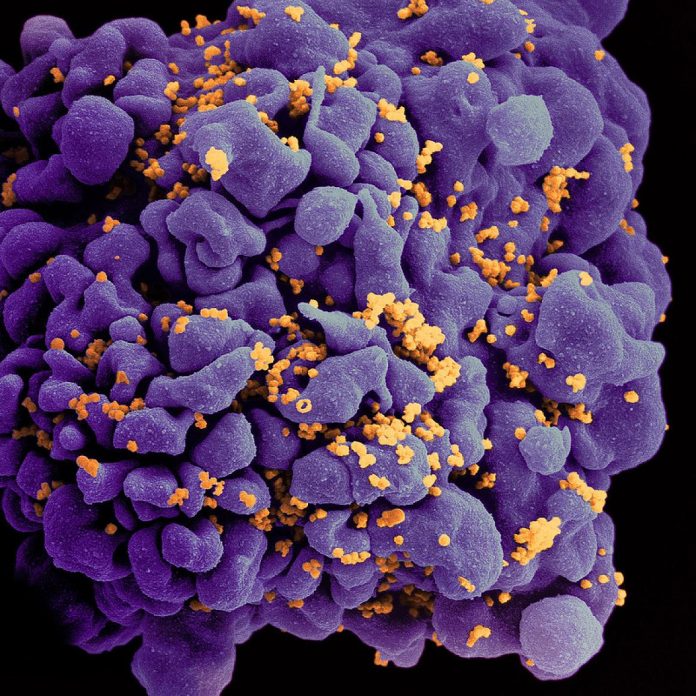After receiving a cord blood stem cell transplant to treat acute myeloid leukaemia, a woman with diagnosed HIV has had no detectable levels of HIV for 14 months
According to a presentation held at the conference of Retroviruses and Opportunistic Infections (CROI) after ceasing her antiretroviral therapy (ART) this patient after her stem cell transplants is still testing negative for HIV 14 months later.
This the third known case of HIV remission in an individual who received a stem cell transplant.
Started in 2015 the International Maternal Paediatric Adolescent AIDS Clinical Trial Network (IMPAACT) P1107 observational study was led by Dr Yvonne Bryson, of the University of California Los Angeles, and Dr Deborah Persaud, of Johns Hopkins University.
The IMPAACT P1107 study
The IMPAACT P1107 study was a U.S.-based observational study designed to describe the outcomes of up to 25 participants living with HIV who underwent a transplant with CCR5Δ32/Δ32 cord blood stem cells for treatment of cancer, hematopoietic disease, or other underlying disease.
As a result of the genetic mutation CCR5Δ32/Δ32, missing cells lack CCR5 co-receptors, which is what HIV uses to infect cells. By killing off the cancerous immune cells via chemotherapy and then transplanting stem cells with the CCR5 genetic mutation, scientists theorise that people with HIV then develop an HIV-resistant immune system.
This most recent case presented at the CROI meeting involved a woman of mixed-race ancestry who had been taking antiretroviral therapy (ART) for HIV infection for four years at the time of her leukaemia diagnosis.
After going through chemotherapy, the patient achieved acute myeloid leukaemia remission and their HIV was well-controlled and detectable. However in 2017 after receiving the transplant of CCR5Δ32/Δ32 cord blood stem cells supplemented with adult donor cells from a relative (called haplo cells), she engrafted with 100% cord blood cells at day 100 and had no detectable HIV.
At 37 months post-transplant, the patient ceased ART. According to the study team, no HIV was detected in the participant for 14 months except for a transient detection of trace levels of HIV DNA in the woman’s blood cells at 14 weeks after stopping ART. The haplo cells only transiently engrafted and contributed to rapid recovery.
The importance of HIV remission
HIV remission resulting from a stem cell transplant had been previously observed in two cases. The first, known as the “Berlin patient” (a Caucasian male), experienced HIV remission for 12 years and was deemed cured of HIV; he died of leukemia in September 2020. The second known as the “London patient” (a Latino male) has been in HIV remission for more than 30 months.
This third case of HIV remission suggests that CCRΔ5/Δ32 cord stem cell transplantation should be considered to achieve HIV remission and cure for people living with HIV who require such a transplant for other diseases, according to the study team.
With an estimated 1.5 million individuals worldwide acquiring HIV, and around 37.7 million people globally living with HIV in 2020 according to UNIAIDS, HIV is still one of the leading causes of death and illness around the globe. This new research is another step closer in creating a long lasting treatment for HIV and has the potential to change millions of lives around the world.








